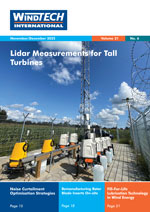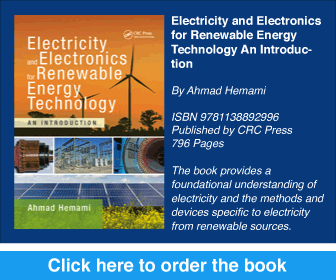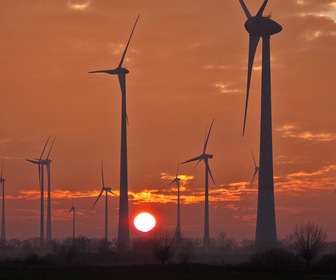WindEurope welcomes the Offshore Renewable Energy Strategy presented by the European Commission today. The Strategy foresees 300 GW of offshore wind in the EU by 2050. Offshore wind is set to be the number one source of electricity Europe consumes by around 2040. The European wind industry is ready to deliver this. But beefing up offshore wind requires large-scale investment in ports, grids and the supply chain.
The EU Offshore Renewable Energy Strategy will shape the development of offshore wind in Europe for the next 30 years. It sees offshore wind in the EU growing from 12 GW today to 60 GW by 2030 and 300 GW by 2050. The European wind industry stands ready to deliver on this expansion.
But the 25-fold increase in offshore wind requires major investment in infrastructure. Huge investments are needed in offshore grid connections and also in the reinforcements of onshore grids. And ports need €6.5bn of investments over the next 10 years. All the equipment for offshore wind farms passes through ports. They need extensive space, heavy loading quays and deep berths. Ports are the hubs for operation and maintenance of offshore wind farms, and they’ll become the assembly base for floating offshore wind.
Europe needs a spound industrial policy to expand its offshore wind supply chain. Today the supply chain produces 3 GW of turbines a year. In the future it’ll need to produce 18 GW. Innovation and trade policy need to be right too. Offshore wind is now taking off in East Asia and will do shortly in the US. This presents additional export opportunities for the European wind industry.
The Strategy makes important points on Maritime Spatial Planning and provides an enabling framework for offshore wind farms connected to two or more countries. These so-called 'hybrid' offshore wind farms will play an important role. They save money and space and improve energy flows between countries. The enabling framework for them must be implemented as soon as possible. Up to 7 GW of offshore hybrids are already in the pipeline.
Another good thing about the Strategy is it’s a truly Europe strategy that will enable all European coasts to benefit from offshore wind. It supports the further expansion of floating offshore wind which will be needed for the deeper waters in the Atlantic, Mediterranean and Black Sea - and which will help islands too. Europe has two small floating wind farms today but will have 300 MW of floating by 2022 and 7 GW by 2030. The scale-up needs financial support, which the Strategy recognises. Floating offshore will be up to a third of all offshore capacity by 2050.










